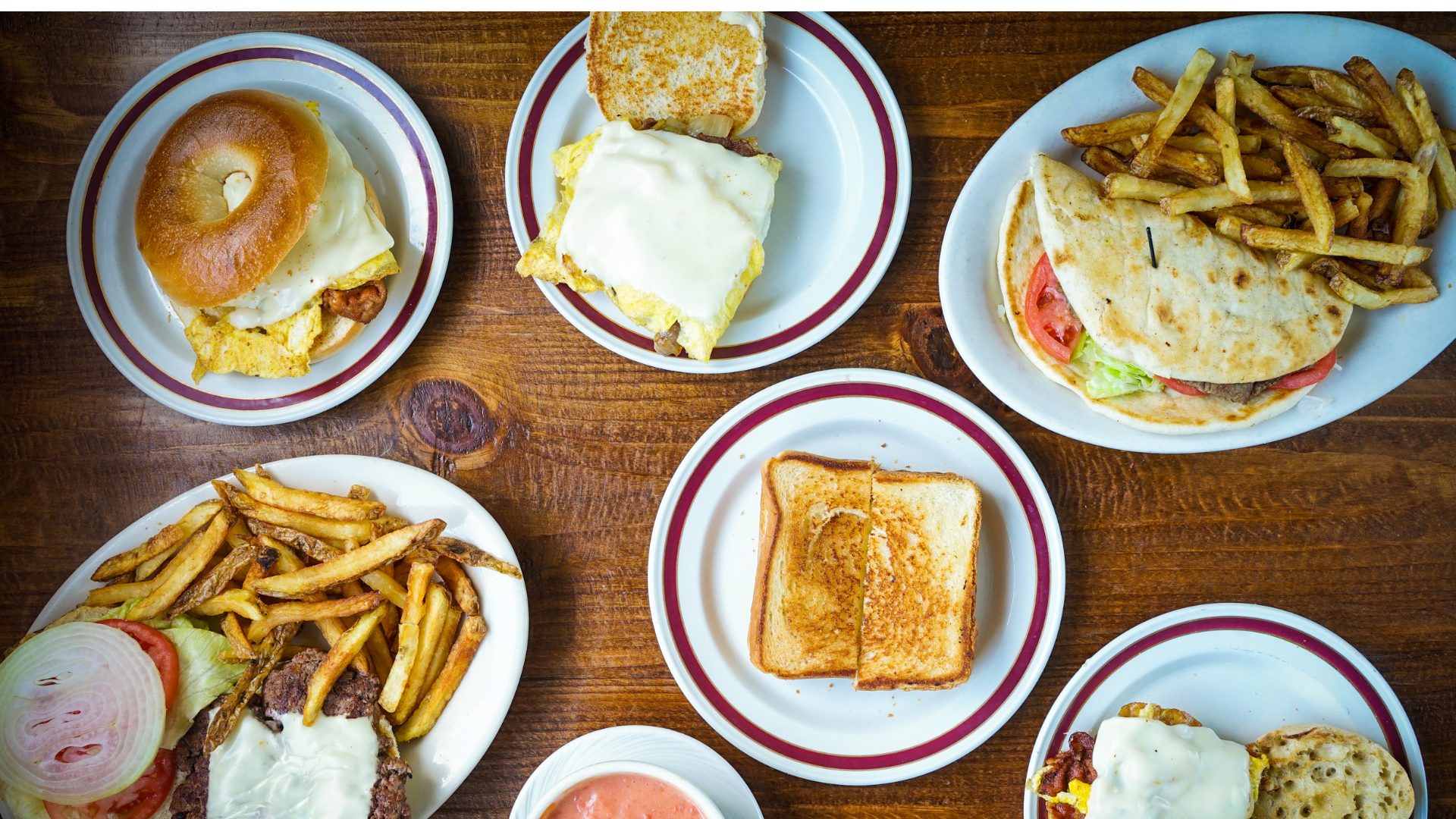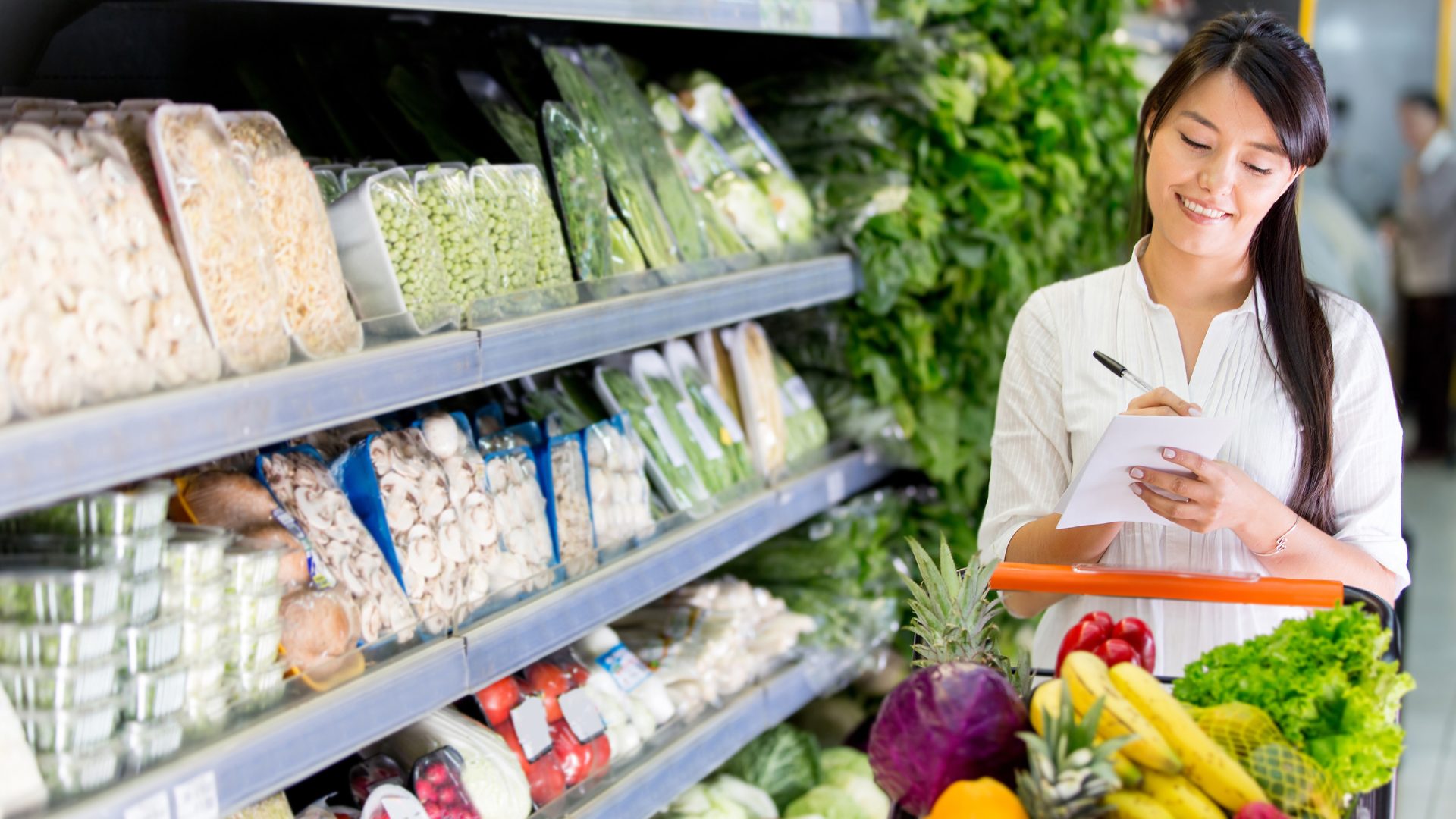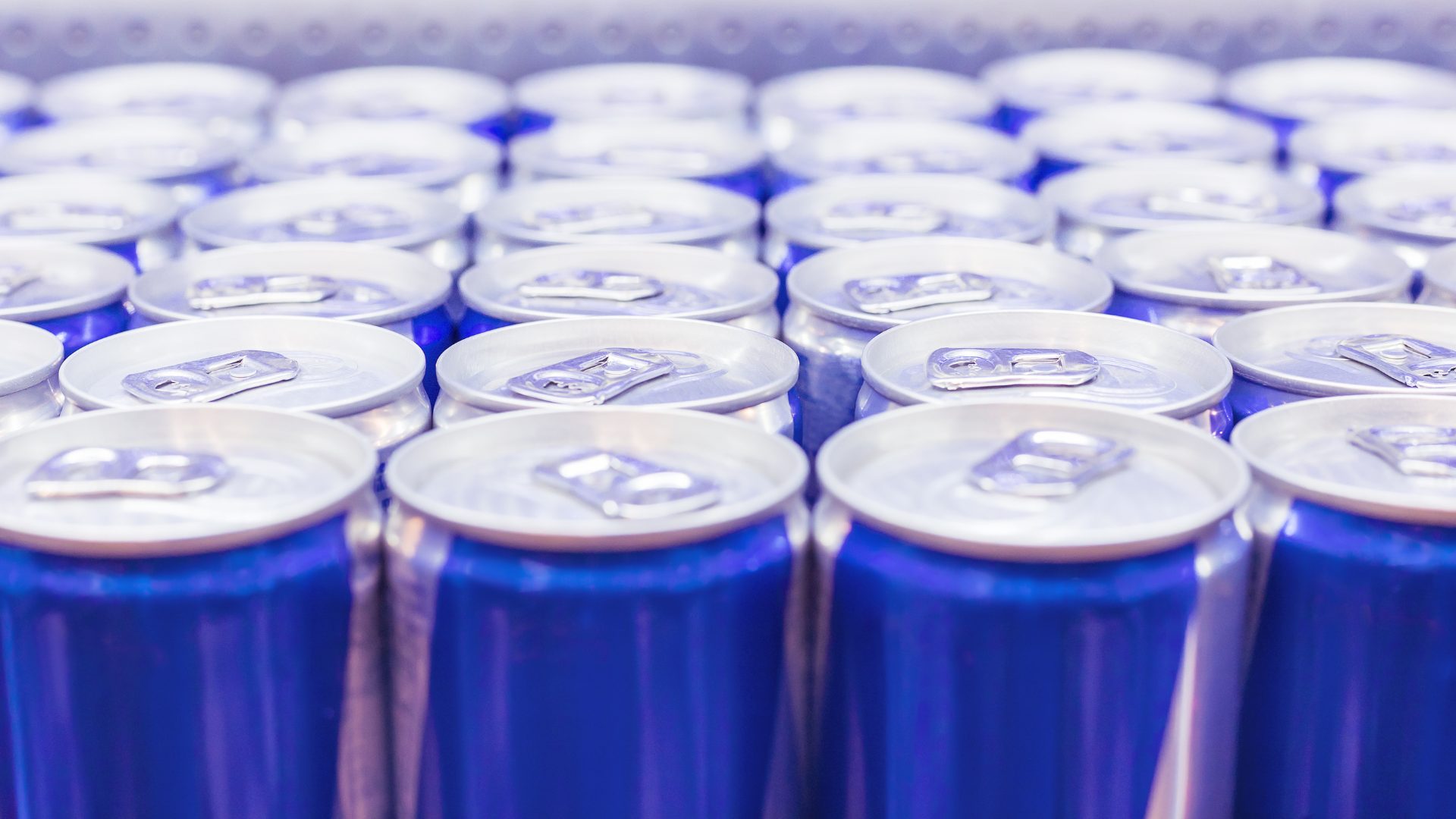The latest data from Circana reveals what the people want in ready-to-drink (RTD) alcohol and spirits, and the people have spoken: they want variety. You know what they say: variety is the spice of life and also possibly the secret to increased spring and summer sales.
Gen Z consumers aged 21 and up are driving innovation in RTD flavor, format, and packaging, and they’re looking for variety across all beverage types. Gen Z is also driving non-alcoholic sales in much the same way, stressing innovation inspiration in energy drinks, fruit flavors, and many added functional benefits. Premium premixed cocktails and seltzers are still selling well despite softening overall RTD category and hard seltzer sales.
“RTD started as a convenience proposition, but now consumers expect the same quality from an RTD or RTS that they’d get from a mixologist,” said Melanie Batchelor, managing director at Campari America, to TFI. With previous experience in beverage at PepsiCo, Batchelor has her finger on the pulse of consumer mindsets in the category. “As the market becomes more saturated, brands will focus on offering high-quality ingredients and intricate flavor profiles to meet consumer demand for novel, premium tastes.
“The next phase of the ready-to-drink (RTD) evolution will focus on quality.”
Crossover products are wildly popular as many non-alcoholic brands are expanding into the beverage alcohol category, such as Topo Chico (the no. 1 best-selling crossover brand); Beast Unleashed (a top CY23 innovator); Jack Daniel’s with Coca-Cola (the no. 1 spirits crossover in CY23); and many spiked varieties of traditionally nonalcoholic juices and mixes, such as Dunkin’ Spiked coffee drinks and Simply Spiked juice drinks.
Batchelor said that Campari is jumping on this trend as well, especially in light of popular drinks like the Aperol Spritz and Campari’s own contribution to the category – a ready-to-sip Campari Negroni.
According to Circana, the top ready-to-drink flavors include:
- Variety pack
- Iced tea
- Black cherry
- Lemonade
- Margarita
- Mango
Inflation has actually helped spur sales in this category; it’s one of the least-affected market segments according to average inflation price rise. Liquor sits at just 14% average F&B inflation while general beverage inflation sits at about 34%.
Some of the takeaways from the Circana report indicate that inflation has generally gone pretty easy on the beverage category, prompting marketing teams to “promote their relative price stability and find ways to demonstrate value, recognizing that ‘value’ doesn’t always mean lower price,” and that premium categories continue to outperform more value-based brand propositions.
“The RTD category is poised for growth because it creates more occasions for consumers to enjoy cocktails and takes the guesswork out of at-home mixology,” Batchelor added. “The RTD market is experiencing a surge in popularity as consumers seek convenient, on-the-go beverage options that easily fit into their lifestyles. For spirits brands, entering the RTD market can allow for entirely new distribution channels like convenience stores, for example, leading to an increased market share and revenue streams.”
Batchelor noted that the RTD category provides quite a bit of breathing room for novel flavors, ingredients, and packaging, which are also all reflected in the Circana data. Adding fuel to the summer RTD fire is the increasing market share of the cannabis-infused beverage category as well – a recent Numerator report revealed that THC users spend 1.7 times more on snacks and beverages than on sports and energy drinks. Younger Gen Z consumers are more than twice as likely to snack or eat while using THC, and more than 36% of respondents have cut their alcohol intake since they began using cannabis products.
The low-alcohol beverage category is also poised for robust growth for those who want to imbibe but keep their alcohol (and associated sugars) intake down.
“Healthier, cleaner, and more sustainable beverage options have seen an uptick in popularity in recent years,” said Jackie O’Keefe, founder and president at Possible PR. “In fact, the low-alcohol beverages market size is anticipated to increase by more than $300 million from 2024-2028.”
As Gen Z ages and enters their real spending power years, the RTD market should grow and expand with them. Variety may be the key this summer, however, to encourage such growth and spur the next great RTD brand, collaboration, or summer smash.
The Food Institute Podcast
How does one jump from aerospace engineering into plant-based chicken nugget production? That’s exactly the leap that Christie Lagally, CEO & Founder of Rebellyous Foods, took in search of producing a healthier chicken nugget. Learn more about her company’s focus on animal welfare, environmental sustainability, and human health in this episode of The Food Institute Podcast.














